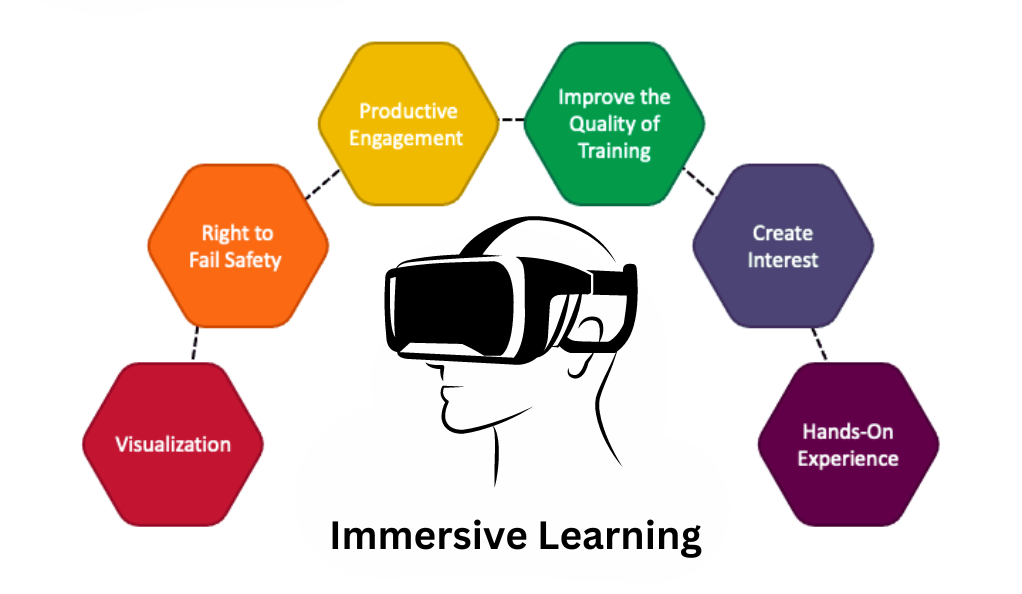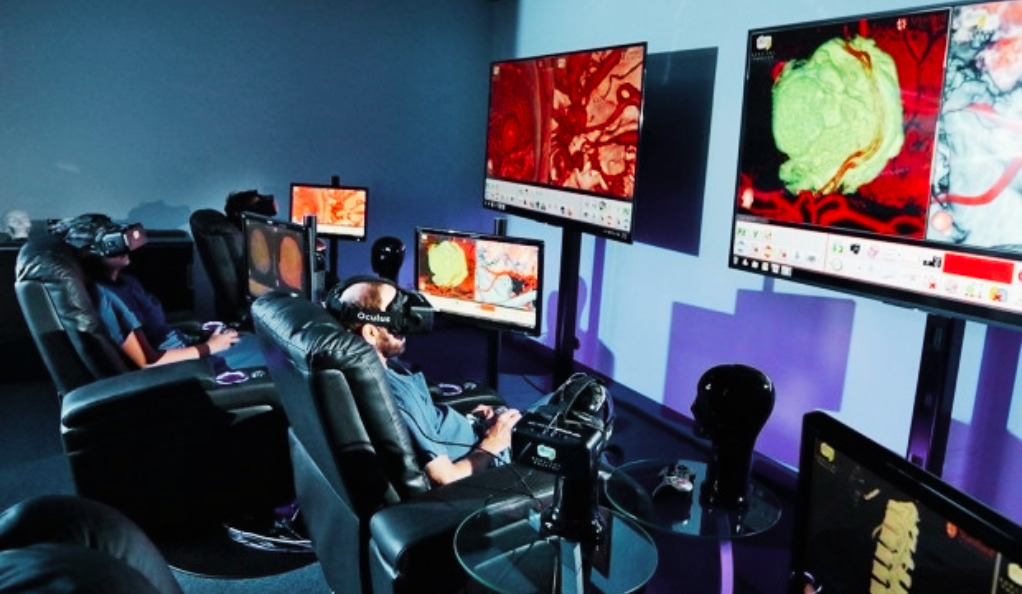Virtual Reality: The Next Frontier in Immersive Learning Experiences
Virtual Reality (VR) is no longer just a buzzword in the tech industry. It’s a transformative tool that’s reshaping the way we learn and experience the world. With the ability to immerse users in lifelike, 3D environments, VR offers unparalleled learning experiences that traditional classroom settings can’t match. Whether you’re an educator, student, or a lifelong learner, VR promises to make learning more engaging, accessible, and fun.
The Evolution of Immersive Learning
Immersive learning isn’t a new concept. From field trips to interactive labs, educators have always sought ways to make learning more hands-on. However, VR takes this to a whole new level. By donning a VR headset, students can travel to ancient civilizations, explore the human body from the inside, or even walk on Mars. This level of immersion enhances understanding and retention, making learning more effective and memorable.

Platforms Revolutionizing Immersive Learning
Several platforms are at the forefront of this educational revolution. Tools like Oculus Rift, Google Expeditions, and ClassVR offer a plethora of educational content tailored for VR. These platforms provide educators with ready-to-use lessons and experiences, bridging the gap between traditional teaching and futuristic learning.
Methodologies in VR Learning
VR in education isn’t just about flashy visuals. It’s grounded in solid pedagogical methodologies. Constructivist learning, where students construct knowledge through experiences, is a perfect match for VR. Additionally, experiential learning, which emphasizes learning through reflection on doing, is amplified by VR’s immersive nature.
Benefits of VR in Education
- Engagement: VR captures students’ attention, making them more attentive and receptive.
- Accessibility: Students can explore places and concepts that were previously inaccessible.
- Safety: Risky experiments or explorations can be conducted safely in a virtual environment.
- Personalized Learning: VR can adapt to individual learning styles and paces, offering a tailored educational experience.
Challenges and Considerations
While VR offers numerous benefits, it’s essential to be aware of potential challenges. These include the cost of equipment, ensuring content quality, and addressing potential health concerns like motion sickness. It’s crucial to weigh these considerations against the potential benefits when integrating VR into the learning environment.
The Future of VR in Learning
The future looks bright for VR in education. As technology becomes more affordable and accessible, more institutions will adopt VR as a standard teaching tool. We can expect more collaborative VR experiences, AI-driven personalized learning paths, and even global virtual classrooms where students from around the world learn together in a shared virtual space.
Tips for Implementing VR in Classrooms
- Start Small: Begin with short sessions to familiarize students with the technology.
- Choose Quality Content: Ensure the VR experiences are educationally sound and relevant.
- Incorporate Traditional Teaching: Use VR as a supplement, not a replacement, for traditional teaching methods.
Real-world Examples of VR in Education
Schools worldwide are already harnessing the power of VR. For instance, medical students use VR to practice surgeries, history students visit ancient civilizations, and geography students explore remote locations, all from the safety of their classrooms.

Conclusion
Virtual Reality is undeniably the next frontier in immersive learning experiences. Its potential to revolutionize education is immense, offering students experiences that are more engaging and impactful than traditional methods. As technology continues to evolve, the possibilities for VR in education are limitless.
FAQs
VR offers unparalleled immersive experiences, making learning more engaging and memorable. It allows students to explore and interact with content in ways that traditional methods can’t match.
While VR can be beneficial for all age groups, it’s essential to choose age-appropriate content and monitor usage to ensure it’s a positive experience.
Costs can vary based on the equipment and content chosen. However, as technology advances, VR is becoming more affordable for educational institutions.
VR should be viewed as a supplement to traditional teaching methods, not a replacement. It offers unique experiences but should be integrated thoughtfully into the curriculum.
There are numerous online resources and platforms dedicated to VR in education.
